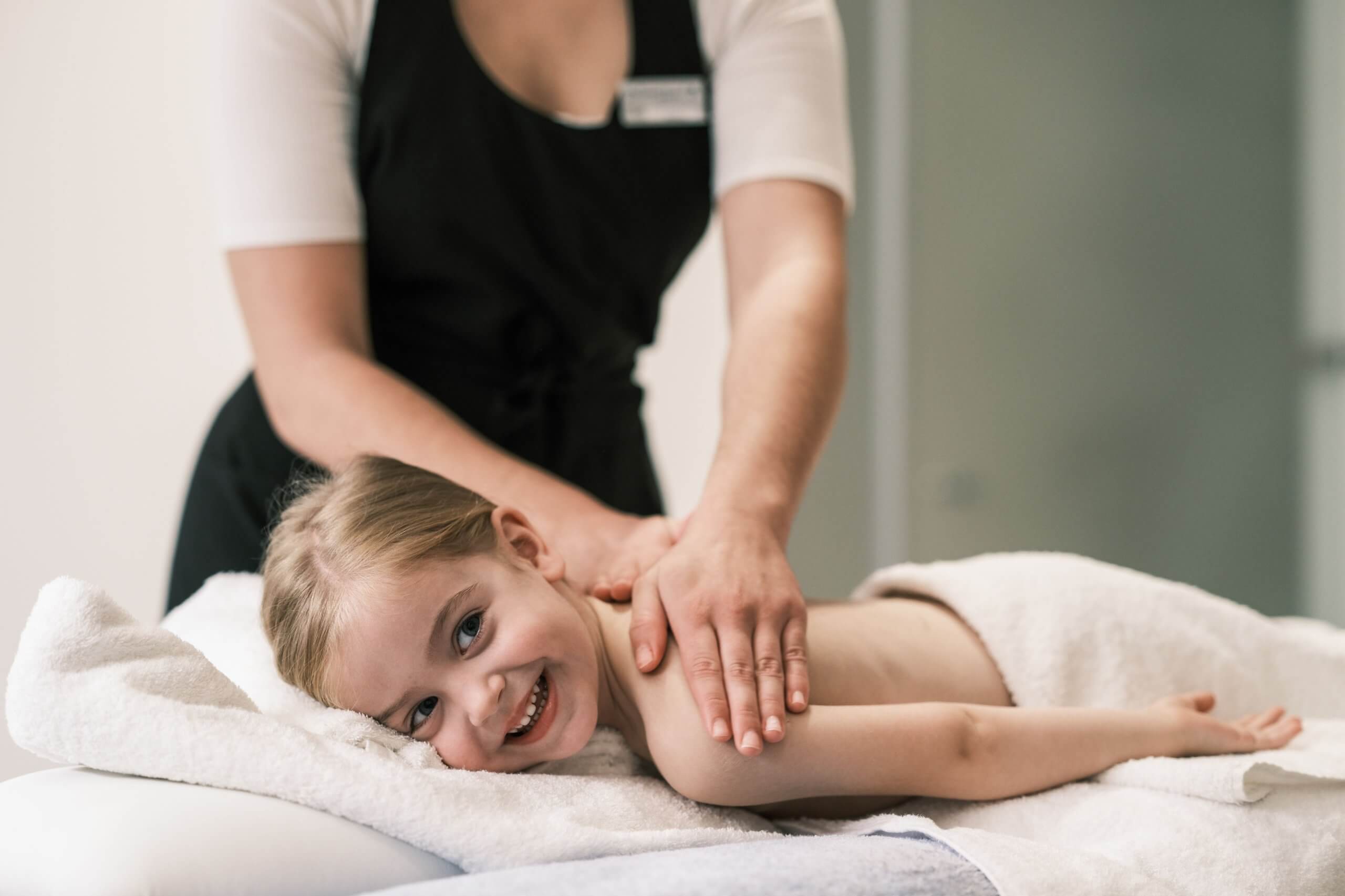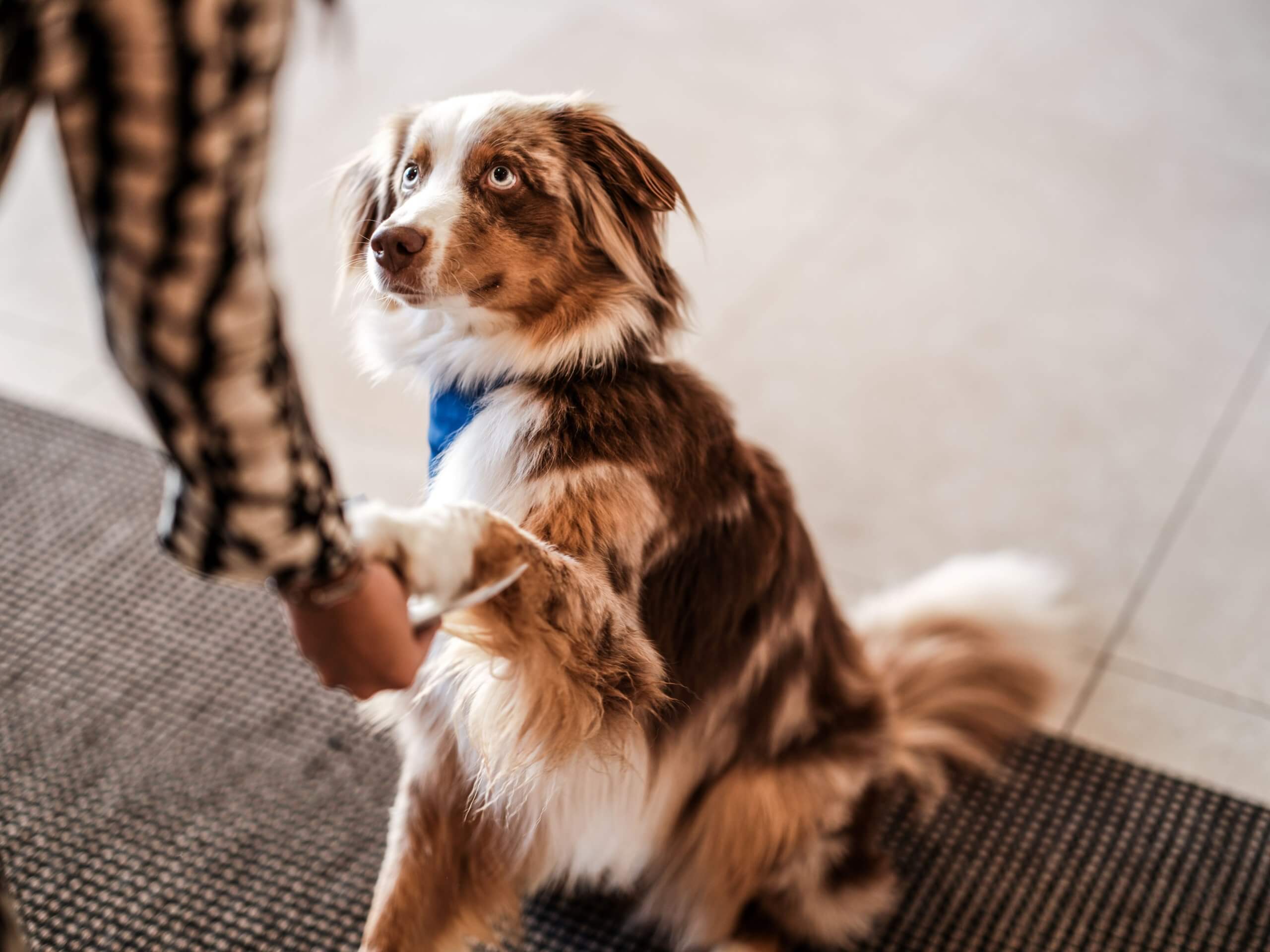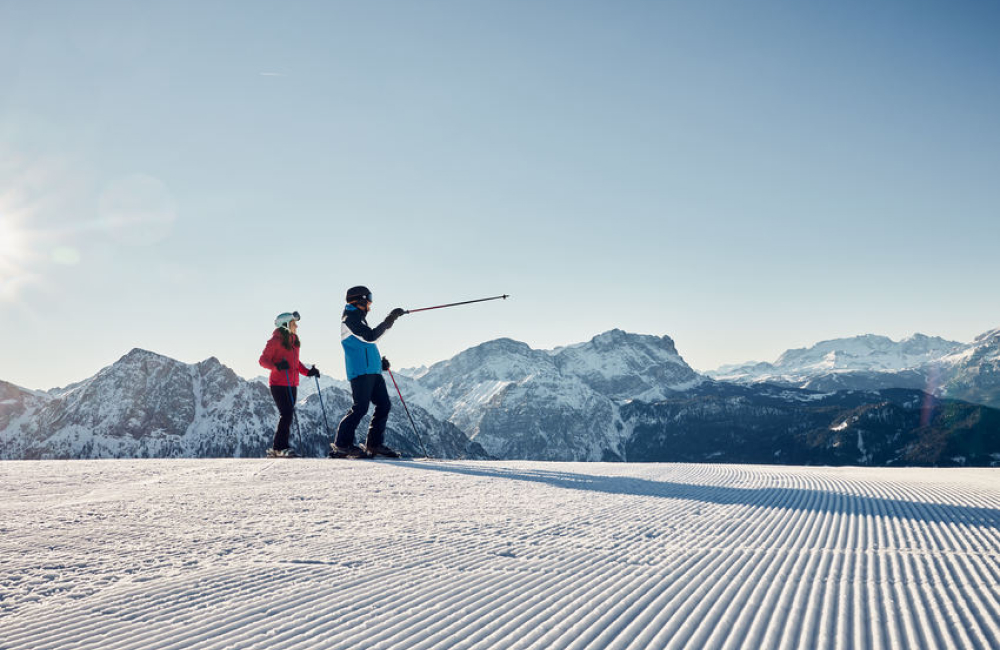Laufen – ein Sport, der einfacher kaum sein könnte. Das denkt man zumindest auf den ersten Blick. Doch was auf dem ersten Blick einfach aussehen mag, stellt für den untrainierten Körper eine enorme Belastung dar. Vor allem Anfänger laufen häufig Gefahr, ihre Leistungsgrenze zu überschreiten. Und das führt dann häufig nicht nur zu Muskelkater & Zerrungen, sondern meist auch zu Motivationsverlust. Um nicht übers Ziel hinaus zu laufen, sollte am Anfang jedes Lauftrainings eine individuelle Leistungsdiagnostik stehen – diese gibt Aufschluss über das aktuelle Leistungsvermögen und zeigt etwaige Verbesserungspotentiale, auf deren Basis zielgerichtete, effiziente Trainingspläne erstellt werden können.
Die glorreichen 7 für mehr Laufvergnügen:
01| Der richtige Schuh – die optimale Kleidung
Wissen wir, wo wir stehen, braucht es eigentlich nur mehr eines – den richtigen Laufschuh. Um einen individuell passenden Schuh, der etwaige Defizite ausgleicht und das Abrollverhalten optimiert, zu finden, hat Beratung beim Kauf oberste Priorität: Abhängig von Faktoren wie Fußfehlstellungen, Leistungsniveau und Laufterrain gilt es, den perfekten Schuh zu finden. War die Suche erfolgreich, hat man seinen Begleiter für die nächsten 800 Kilometer gefunden. Wichtig: Die Abnutzung hängt aber immer auch mit dem Dämpfungsgrad zusammen. Kauftipp: Ein altes Paar Laufschuhe kann beim Kauf neuer hilfreich sein, denn die Abnutzung der Sohle gibt Aufschluss über das Laufverhaltung und die Fußbelastung.
Für die restliche Kleidung gilt: Funktional und auf die Laufbedingungen abgestimmt, sollte sie sein. Von der perfekten Passform einmal abgesehen. Nicht weniger wichtig: Das Outfit soll gefallen. Wer nämlich trägt, worin er sich wohlfühlt, hat Studien zufolge mehr Spaß beim Sport. Und das wollen wir doch schließlich alle, oder? 😉
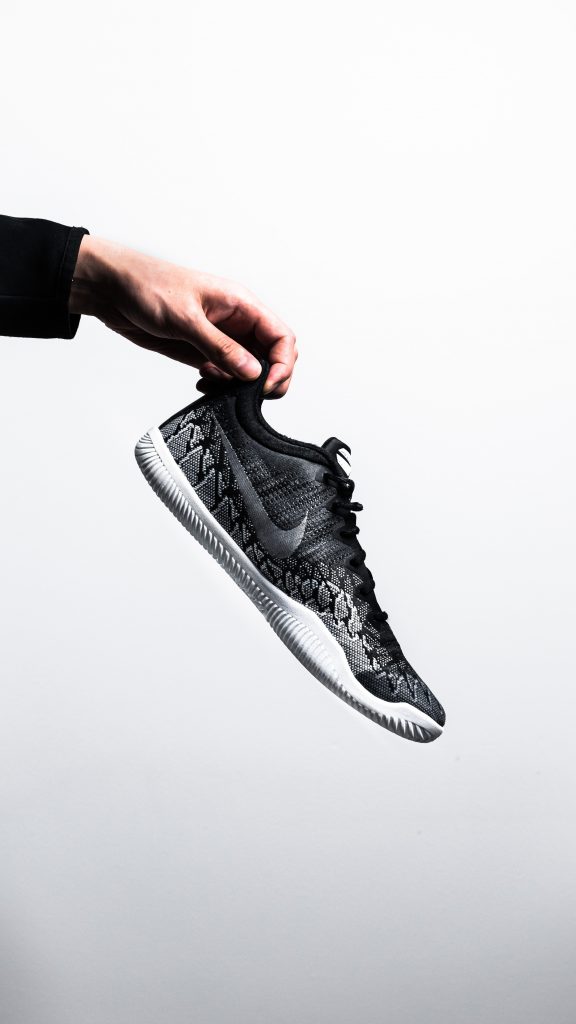
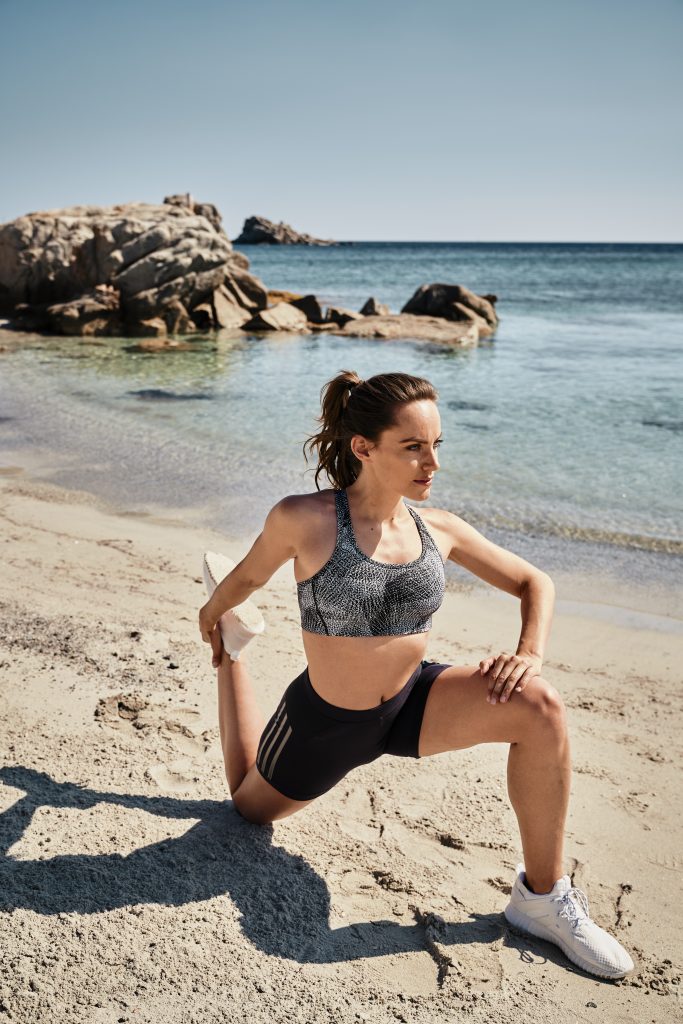
02| But FIRST – aufwärmen!
Ist das Outfit komplett, kann es eigentlich losgehen. Doch bevor wir nun übereifrig losstarten, heißt’s: Aufwärmen. Aktivierende Aufwärmübungen, die rund zehn Prozent des Trainings ausmachen, sollte am Anfang einer jeden Laufeinheit stehen. Dabei wird der Organismus auf die bevorstehende Belastung vorbereitet und die am Laufen beteiligten Strukturen werden mobilisiert und das Verletzungsrisiko wird damit minimiert. Für gewöhnlich ist lockeres Laufen dafür ausreichend. Sind einzelne Gelenke allerdings besonders verletzungsanfällig, sollten diese durch kreisende Bewegungen aktiviert werden.
03| Das richtige Tempo wählen
Ist man dann schlussendlich gut aufgewärmt, kann das Lauftraining starten. Die Intensität bzw. das Tempo soll sich an das dabei gesetzte Ziel orientieren und mittels Pulsuhr überprüft werden. Generell gilt: Lieber zu langsam, als zu schnell, das minimiert die Anfälligkeit für Verletzungen. Insbesondere Anfänger sollten langsamere, aber dafür längere Einheiten wählen.
Dabei sind Gehpausen nicht nur erlaubt, sondern bei Bedarf empfohlen. „Wer nämlich ständig an seiner Leistungsgrenze trainiert oder diese überschreitet, kann keine solide Grundlage aufbauen, eine positive Leistungsentwicklung wird damit schwierig.“
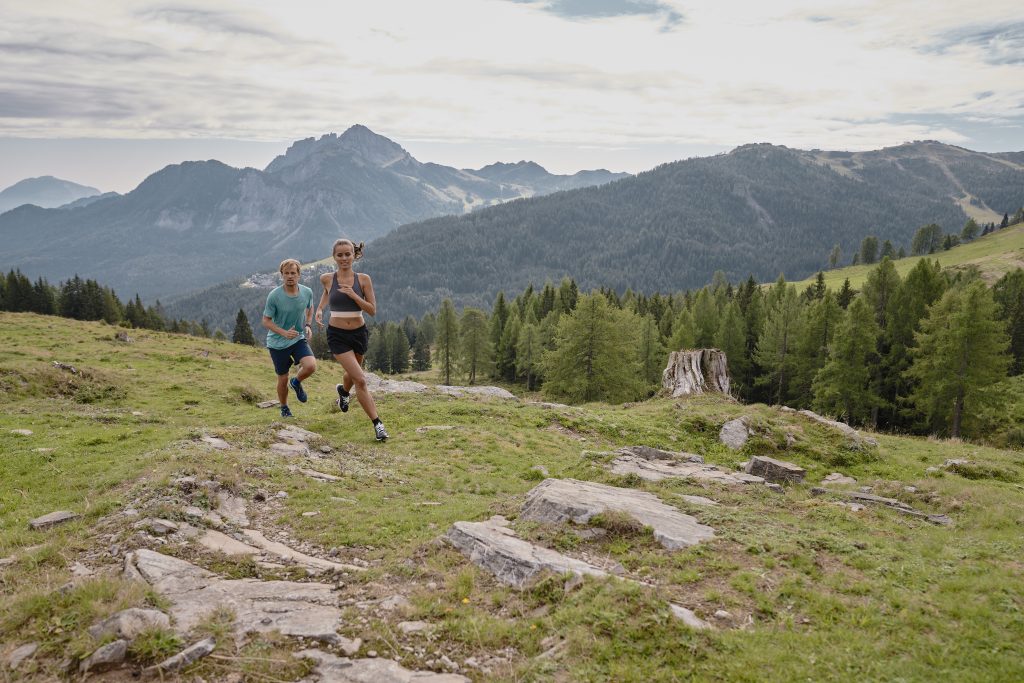
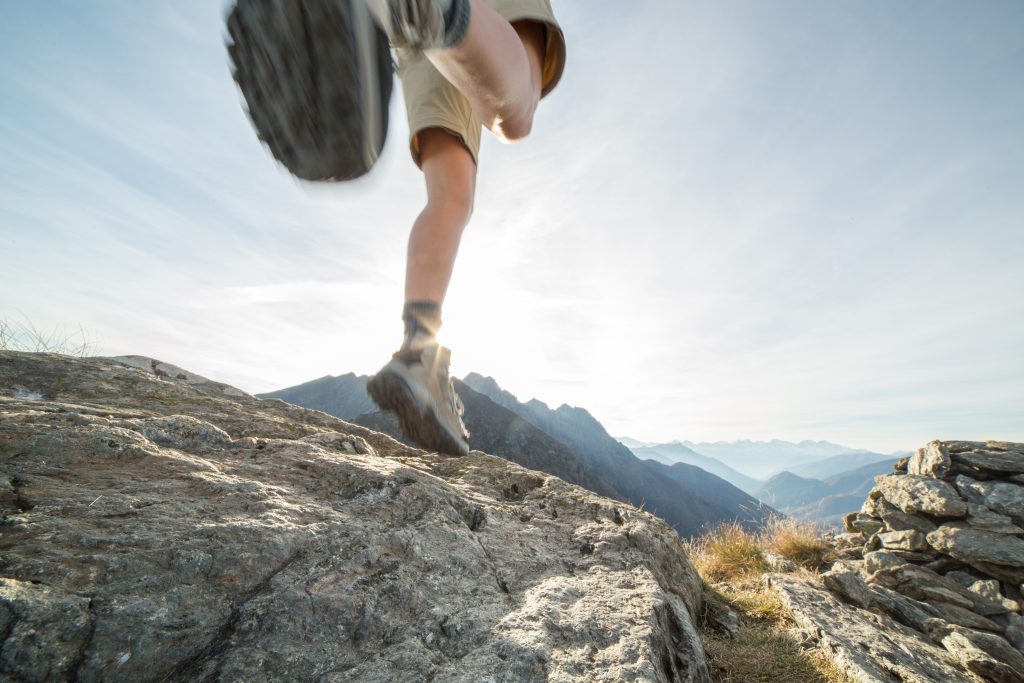
04| Die Technik entscheidet
Für ein erfolgreiches Training ebenso entscheidend, ist die richtig Lauftechnik – sie sorgt für ein ökonomisches Laufen und beugt Fehlbelastungen vor. Das A und O in Sachen Lauftechnik ist eine optimale, aufrechte Laufhaltung. Sie ermöglicht maximale Beweglichkeit der Beine. Entscheidend dafür ist eine möglichst stabile Rumpfmuskulatur. Was uns auch schon zum nächsten Punkt bringt: Krafttraining. Kräftige Muskeln sind für Läufer unerlässlich. Sie ermöglichen uns ein noch ökonomischeres Laufen und helfen uns, etwaige Unebenheiten des Untergrunds zu kompensieren.
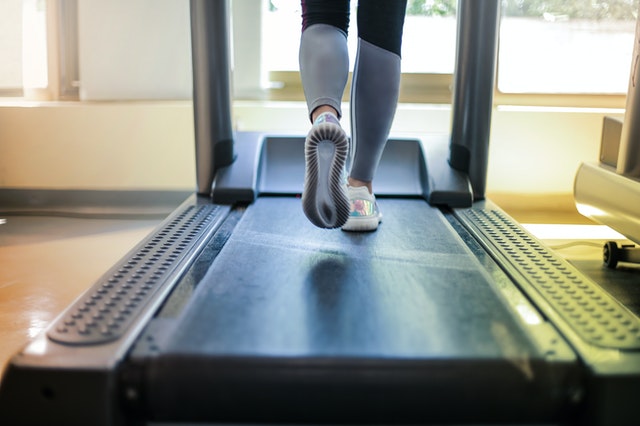
05| Indoor oder doch lieber outdoor?
Ob Laufband oder Waldweg – gelaufen wird am besten dort, wo es am meisten Spaß macht. Wie bereits vorher erwähnt, spielt das Laufterrain eine entscheidende Rolle bei der Wahl des optimalen Laufschuhs, wiederholt die Laufexpertin. Denn je nach Beschaffenheit des Untergrunds, wird ein entsprechender Dämpfungsgrad gewählt, der das Abrollverhalten optimiert und so die Gelenke entlastet.
Das ist insbesondere dann von Bedeutung, wenn man beabsichtigt, seine Laufrunden überwiegend auf asphaltierten Wegen zu drehen. Denn je härter der Untergrund, desto weniger der entstehenden Kräfte kann er kompensieren.
06| Wasser, marsch!
Doch egal, wo wir laufen: Wer läuft, der schwitzt und verliert dadurch neben jeder Menge Flüssigkeit auch wertvolle Elektrolyte. Um Kreislaufproblemen gegenzusteuern, sollten wir dem rechtzeitig gegensteuern. Dafür bestens geeignet, sind Elektrolytgetränke. Wie viel Flüssigkeit zugeführt werden muss, lässt sich pauschal nicht sagen – der Bedarf ist individuell und von Faktoren wie Leistungsvermögen und Temperaturen abhängig. Generell gilt: Trinken Sie nach Bedarf. Wird nicht länger als eine Stunde gelaufen, ist es allerdings ausreichend, seine Flüssigkeitsspeicher vor dem Lauf zu füllen.
Neben Flüssigkeit braucht es vor allem eines, um leistungsfähig zu bleiben: Energie. Die Expertin rät daher zur regelmäßigen Aufnahme von Kohlenhydraten. Vor allem hochwertige Kohlenhydrate aus Vollkornprodukten dienen dem Organismus langerfristig als Energiequelle.

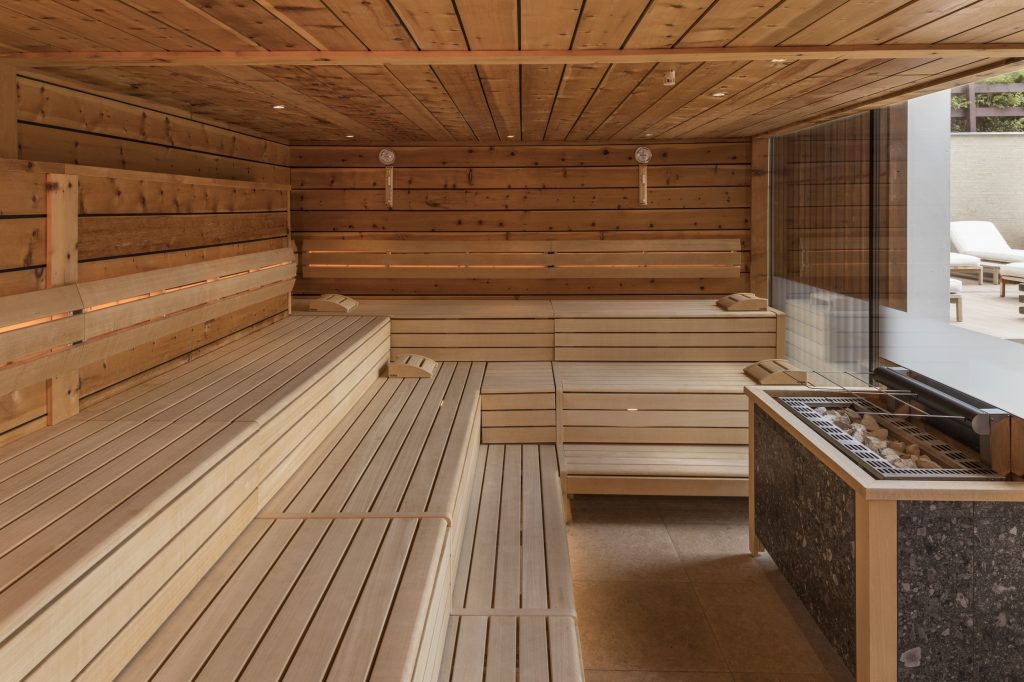
07| Cool down & RELAX!
Ist der Lauf beendet, haben wir’s geschafft! Zumindest fast: Unmittelbar nach dem Training steht Dehnen auf dem Programm. Das trägt dazu bei, dass sich die Faszien, die unsere Muskulatur umgeben, nach sportlicher Anspannung wieder entspannen und fördert die Regeneration. Achtung: Nach hochintensiven Einheiten sollte das Dehnen einige Stunden nach hinten verschoben werden. Entspannung bieten – im wahrsten Sinne des Wortes – auch Wärmeanwendungen wie Saunabesuche oder warme Bäder und Duschen. Eine verdiente Wohltat für Körper und Seele.
Das waren sie nun die 7 Lauftipps von unserer Expertin Elisabeth Niedereder – sie ist nicht nur Sportwissenschaftlerin & Personal Coach, sondern auch ein gern gesehener Gast in den Falkensteiner Hotels. Egal ob Trailrunning, Yoga, oder Triathlon Camps – sie unterstützt jegliche sportliche Ambitionen.
SAVE THE DATE: 29.10-01.11.21 – Trailrunning Camp für Genießer im Falkensteiner Schlosshotel Velden
Für 2022 findet ihr bereits einige Camps auf tristyle.at – hier stehen unsere Falkensteiner Destinationen am Meer im Fokus.
Auf die Plätze, fertig, los!


